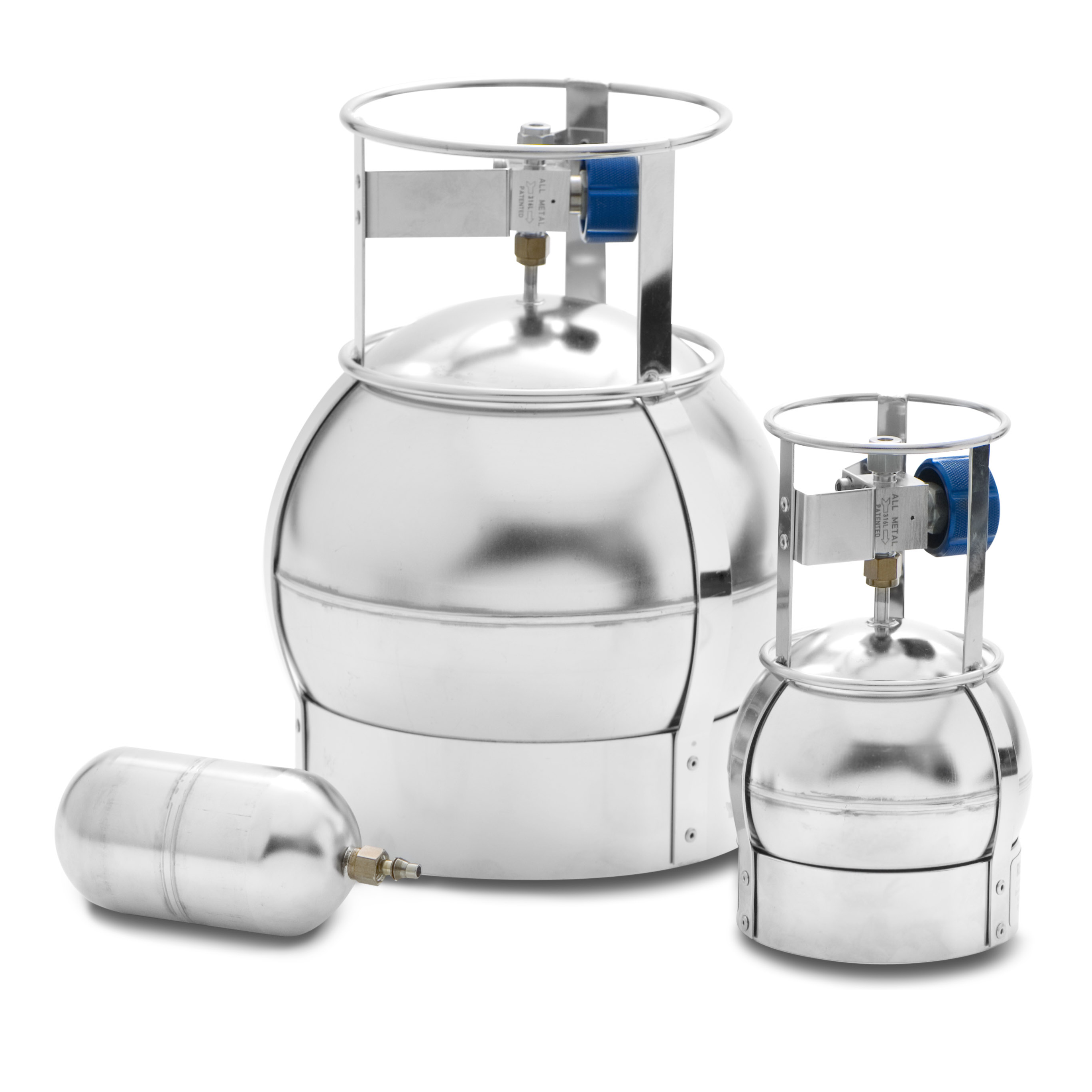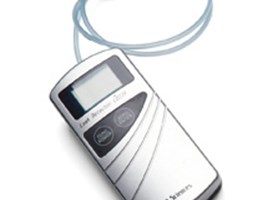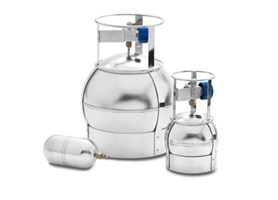Whole air canister sampling
Canisters for air sampling (often referred to as SUMMA® canisters) have long been used to monitor volatile organic ‘air toxics’. Whole air canister sampling is a simple form of ‘grab’ sampling and is useful for sampling very volatile, non-polar compounds such as C2 to C12 hydrocarbons and the most volatile freons, which can be difficult to retain quantitatively on sorbent tubes at ambient temperature.
For many analysts, the most familiar canister method is US EPA Method TO-15. This method involves sampling of ambient air using evacuated canisters followed by thermal desorption preconcentration, and GC–MS or GC–FID analysis. It is widely used by commercial laboratories for analysis of VOCs in urban and industrial settings, especially in the USA and Asia.
Preconcentration/trapping is still required before analysis to allow injection of the sample in a small volume of carrier gas, and to eliminate the bulk constituents of air (especially oxygen) and water, which would otherwise adversely affect the performance of the GC column and detector.
See the UNITY–CIA Advantage-xr system for cryogen-free automated thermal desorption unattended on-line air monitoring
Buy online
Benefits of whole air canister sampling
- Well-validated for volatile ‘air toxics’ (chloromethane to hexachlorobutadiene) in ambient air (US EPA Method TO-15) and also for ozone precursors (C2 to C10 hydrocarbons)
- Ideal for ultra-light compounds such as C2 hydrocarbons and freons that are too volatile for quantitative retention by sorbent tubes at ambient temperature.
- Suitable for rapid transfer (not storage) of ultra-volatile reactive compounds such as H2S.
- Well-validated for long-term storage of very light compounds.









